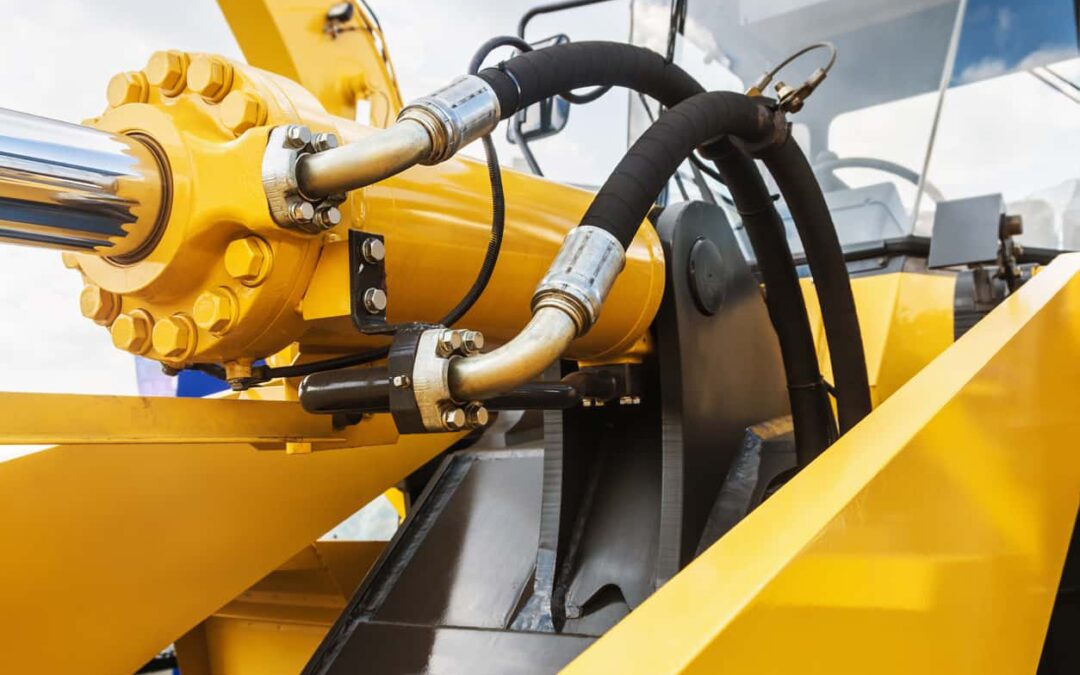Wherever you go in the world of heavy equipment, you will find hydraulic cylinders. Using long-understood principles of hydraulic science to operate, hydraulic cylinders are reliable, and they also provide an enormous amount of power for the space they take up. But how, exactly, do they work?
The typical hydraulic cylinder is made up of five basic components:
First, the outside casing, known as the barrel.
Second, a piston, which lives inside the barrel.
Third, a rod, immersed in hydraulic fluid inside the barrel.
Fourth, the front end of the cylinder, known as the gland.
And lastly, a butt, where the cylinder attaches to the other parts of the machine being powered.
The operation is fairly straightforward. A pump applies pressure to a reservoir of hydraulic fluid, directing it through the barrel and moving the piston and its rod—resulting in linear motion and linear work. The amount of force generally depends on the size of the piston’s area. By changing the sizes of the cylinder and piston relative to each other, the force can be easily divided or multiplied in the system.
Hydraulic cylinders can be single action or double action. A single-action cylinder moves the rod forward and uses some other motive force (such as a spring) to return the rod to its resting state when pressure is no longer being applied. A double-action cylinder instead has a port for the hydraulic fluid on either side, meaning that the rod will move depending upon which side of the cylinder is being pressurized.
Hydraulic cylinders provide an exceptional amount of motive force for the energy expended, and are extremely versatile and reliable, leading to their use in everything from agriculture to deep-sea mining. A wide range of sizes, construction materials, and pumps means that hydraulic systems can be designed for almost any industrial application.
At Texas Hydrostatics, we understand hydraulic systems are an art as much as a science. If you need reliable, rugged equipment for your worksite, contact us and get plugged into the hydraulic system professionals today.

